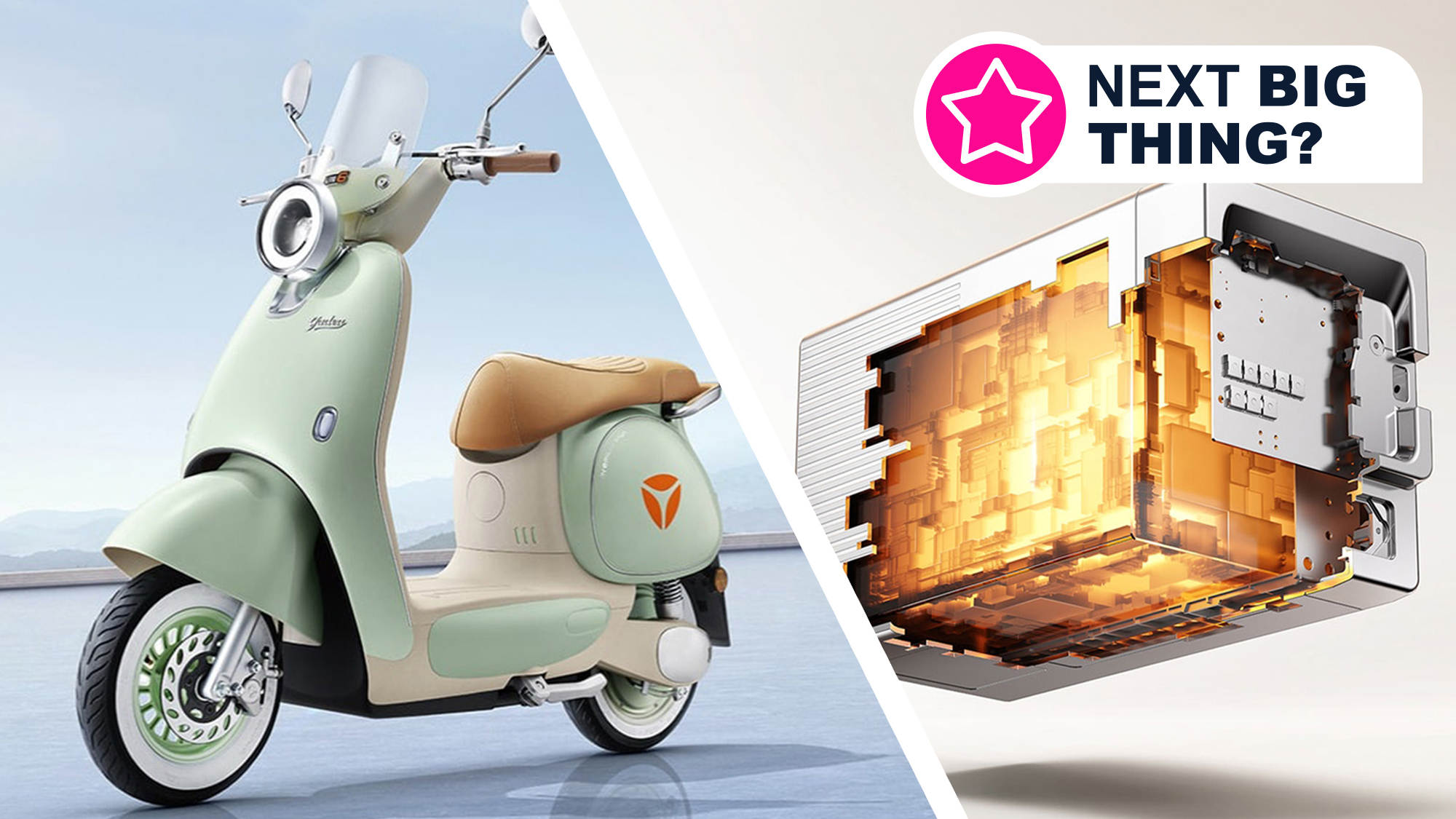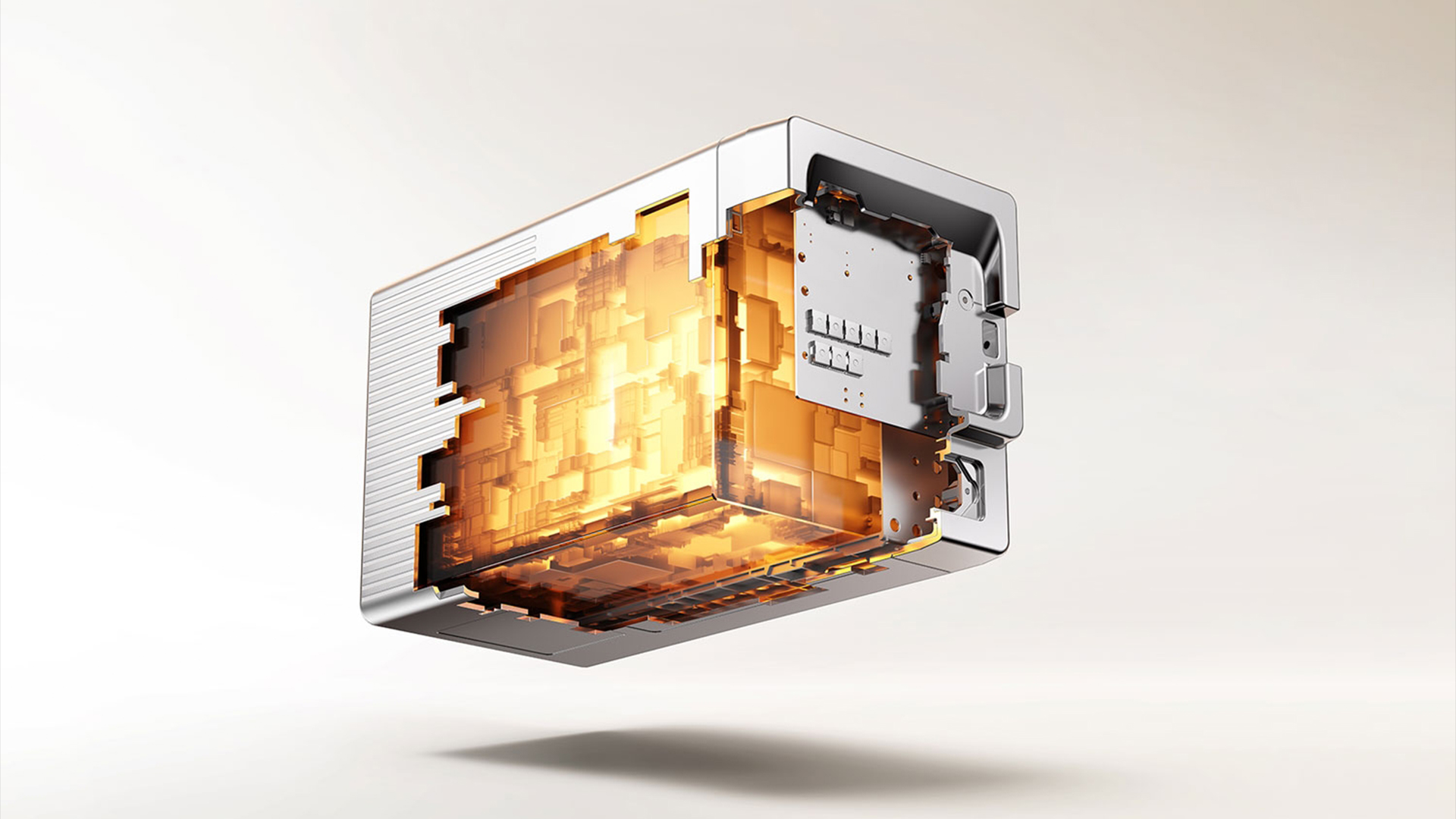China is racing ahead with sodium-ion batteries – as sea salt becomes the power source for its electric scooter revolution

- Yadea is forging ahead with a number of sodium-ion powered two-wheelers
- Sodium will play a key role in China’s wider battery swap systems
- The country is already pushing mass production of the technology
The presence of sodium in batteries is nothing new, as the first documented use of it dates back to the 1960s, when the Ford Motor Company considered using them for very early EVs.
But last year, Chinese automaker JAC (a joint venture with Volkswagen in China) produced the world’s first sodium-ion battery production car in the Hua Xianzi (it roughly translates to 'Flower Fairy'), which uses a tiny 25kWh sodium-ion battery that can travel up to 155 miles on a single charge.
While not exactly a global sales success, the technology has found a place among China’s booming microcar economy and, perhaps more important still, its rampant demand for diminutive two-wheeled scooters.
In somewhere like Shenzhen, a megacity with a population of some 17.8 million people, the humble scooter is one of the most popular forms of transport, with over 55 million sold in 2023 alone, and Yadea is among the most popular brands.
The global leader in electric two-wheelers has released three sodium-ion powered electric scooters to date, according to the BBC, with plans in the pipeline to offer a lot more.
These battery packs are constructed in a similar way to their lithium-ion counterparts, but transfer sodium ions between electrodes during charging and discharging, rather than other rare earth materials.
Currently, lead-acid batteries continue to dominate the electric scooter landscape, as the technology is cheap and produced on a mass scale, but the demand for sodium-ion units is gradually increasing.
Sign up for breaking news, reviews, opinion, top tech deals, and more.
By 2030, 15% of China's electric scooters will be powered by them, compared to 0.04% in 2023, according to an analysis by the Shenzhen-based Starting Point Research Institute, which assesses China's battery industry.
Analysis: sodium-ion reaches well beyond transport

Electric two-wheel manufacturer Yadea is also building out one of the most robust electric scooter charging networks in China, with plans to install more than 1,000 fast-charging pillars that have been specifically designed for sodium-ion batteries this year in Hangzhou, which would enable commuters to find a station every 2km (1.2 miles).
It is also pushing forward with a massive battery swap program in Shenzen, with an aim of 20,000 swapping stations this year, which allow riders to replace a spent battery for a fully-charged unit in around 30 seconds. This number will grow to 50,000 by 2027.
Right now, sodium-ion batteries are still very much in ascendance, as the price, and demand for lithium-ion units, has dropped since its all-time high post-pandemic.
A relatively low energy density (some pitch sodium-ion batteries as being 30% less energy dense than lithium-ion counterparts) has also put off the major automotive players, all of whom are constantly looking for the lightest, most energy dense options on the market.
But China’s vision for salty batteries goes well beyond transport, with the BBC reporting that it is already on track for mass-scale sodium-based energy storage solutions, which help balance the grid and store excess energy from renewable sources when not in use – all without competing with the auto industry and its voracious appetite for lithium.
you might also like
- Forget foldable phones – LG's 'stretchable' in-car display can grow physical buttons when you need them, and I can't stop watching it
- Harman’s new in-car tech could give you Waze-like alerts – without the need for human helpers
- Honda launches its first-ever production electric motorbike, but I'll be skipping it for these 3 reasons

Leon has been navigating a world where automotive and tech collide for almost 20 years, reporting on everything from in-car entertainment to robotised manufacturing plants. Currently, EVs are the focus of his attentions, but give it a few years and it will be electric vertical take-off and landing craft. Outside of work hours, he can be found tinkering with distinctly analogue motorcycles, because electric motors are no replacement for an old Honda inline four.
You must confirm your public display name before commenting
Please logout and then login again, you will then be prompted to enter your display name.